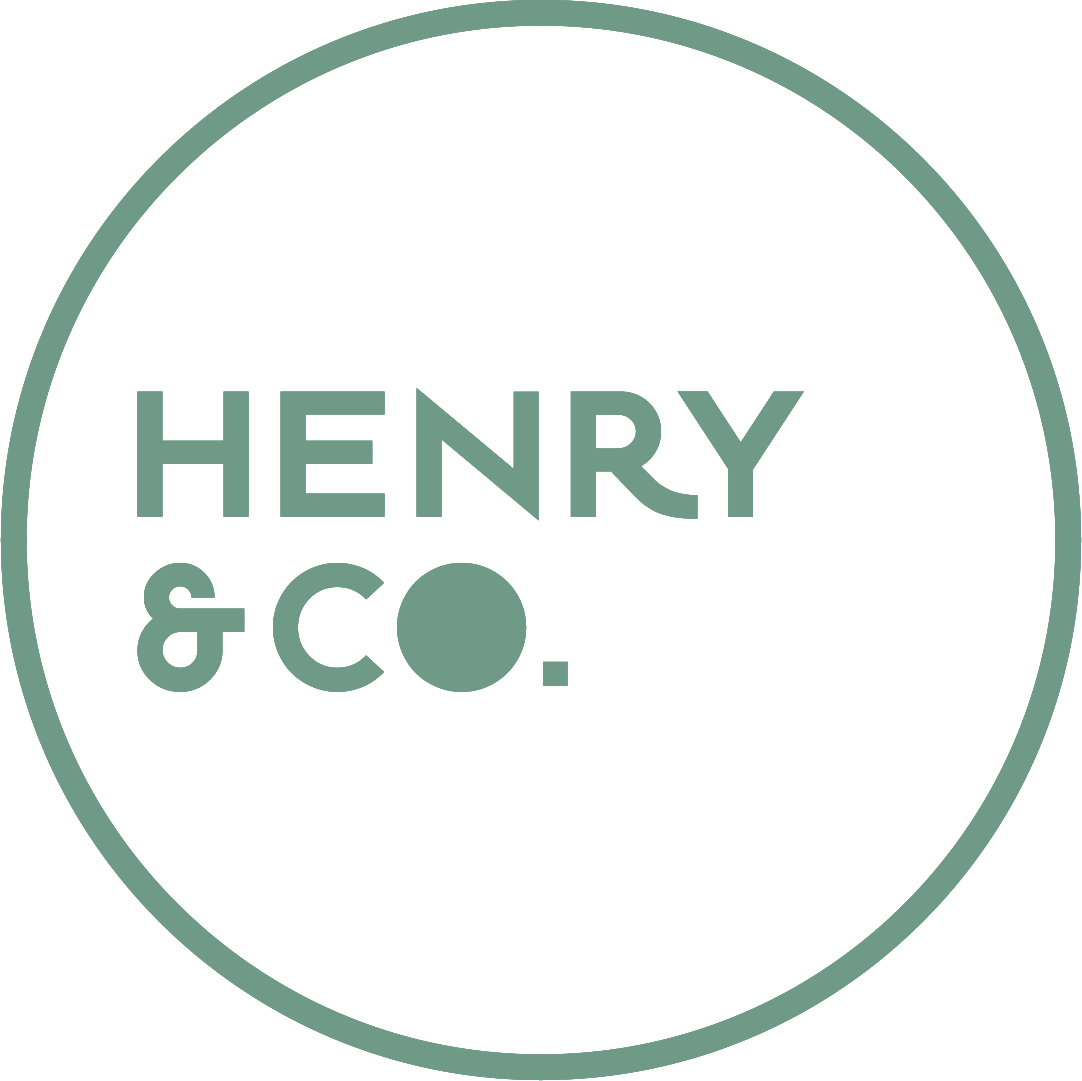Adopting a sustainable business model allows companies to concretely integrate sustainability and produce positive effects and value for the environment, society, and the people they interact with in achieving their market goals.
The focus on sustainability, in addition to being an important innovation opportunity, is a necessity for staying competitive in the long term. This applies not only to large organizations but also to small and medium-sized enterprises, given that consumers and institutions are increasingly attentive to issues such as sustainability and circularity. In this regard, according to the Global Buying Green 2022, 68% of consumers in the past six months have purchased products based on companies’ sustainability credentials.
Continue reading the article to find out what a sustainable business model is, the benefits it offers companies, and the tools to define it.
1. Sustainable business model: what it is, principles, and benefits for companies
1.1. What is meant by a sustainable business model
A sustainable business model enables companies to act concretely towards sustainability in its three dimensions (environmental, economic, social). In this way, companies structurally integrate sustainability as a factual orientation in every area of action, from setting business goals to carrying out production activities.
Through sustainable business models based on the pillars of the circular economy, companies in every sector can create value for themselves and their stakeholders. They work towards achieving their business goals and generating profits while promoting the preservation and regeneration of the environments and societies in which they operate.
1.2. Principles of a sustainable business model: the three P’s of sustainability
A sustainable business model is based on the three P’s of sustainability (profit, people, planet). These three elements, defined as the three principles of sustainable business, must coexist for companies to succeed and be sustainable. Let’s explore them in detail.
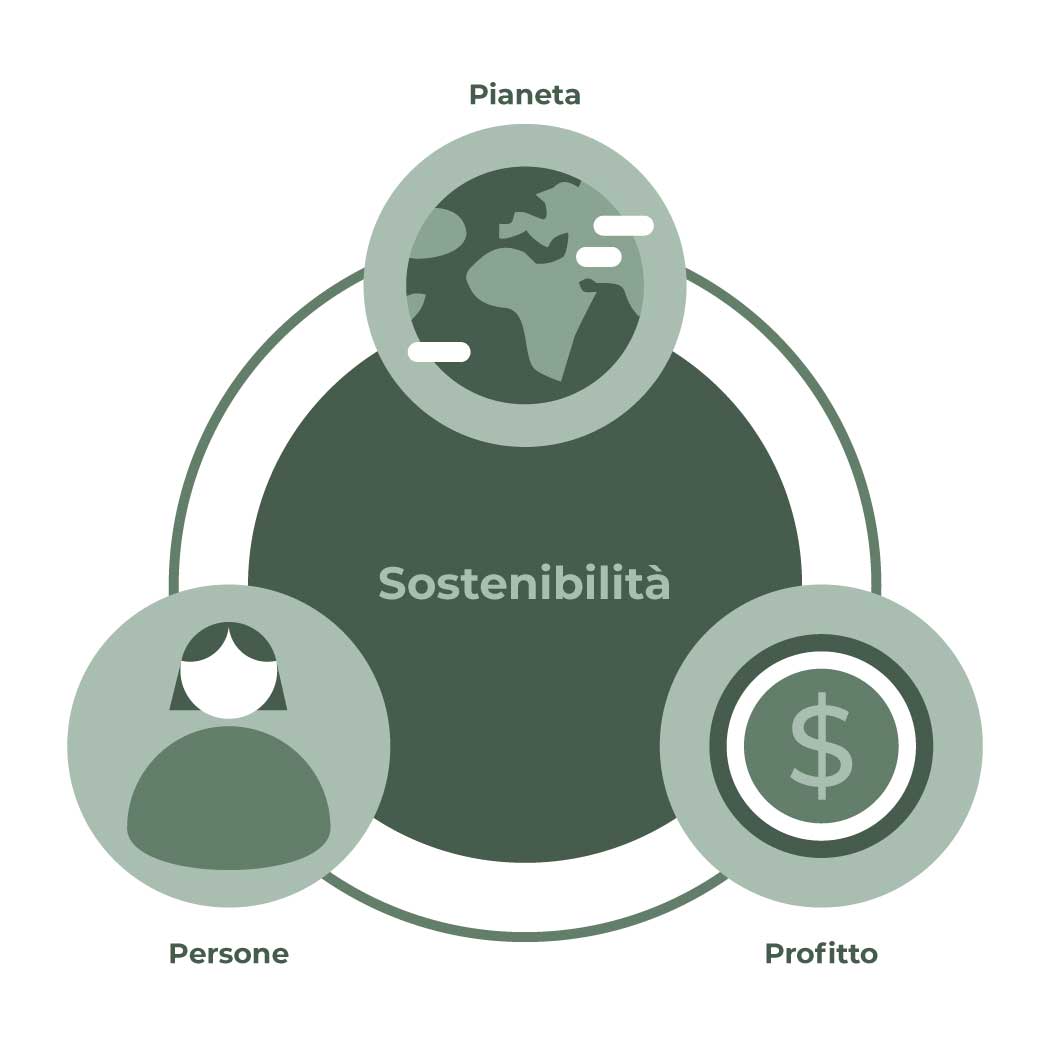
1.2.1 Profit
The principle of profit concerns the economic orientation of companies. Despite the widespread belief that sustainability does not align with profit generation, more and more companies operating within the circular economy are demonstrating that they can be sustainable while also making a profit. The challenge here is finding solutions and innovating to remain competitive without allowing this principle to eclipse or overshadow the other two.
1.2.2. People
The principle relating to people has to do with the responsibility of companies within society. Companies must be aware of the effects they generate on the social contexts in which they interact with various individuals, both those directly involved in their operations (such as their employees) and those external to them, and develop the ability to act within those environments thoughtfully, promoting their development.
1.2.3. Planet
The third P, or the principle of the planet, refers to the preservation of the environment. If not carefully eco-designed (do you know what ecodesign is??), companies’ actions can negatively impact nature and its resources. To act in a truly sustainable manner, companies must rethink themselves and structure low-impact practices that promote circularity, regeneration, and the elimination of waste, inefficiencies, and pollution.
1.3. Advantages of a sustainable business model
The main benefits of a sustainable business model for companies are:
- increased ability to innovate and adapt to changing markets and regulations, seizing the growth and development opportunities that a sustainability-focused approach offers;
- generation of a genuinely sustainable offer (through the use of eco-friendly materials, clean processes, and circular consumer experiences) that aligns with current consumer needs;
- better management of risks, challenges, and costs, as well as processes and resources, avoiding waste and inefficiencies;
- enhancement of brand image, avoiding economic and reputational risks associated with superficial approaches to sustainability, which may result in accusations of greenwashing.

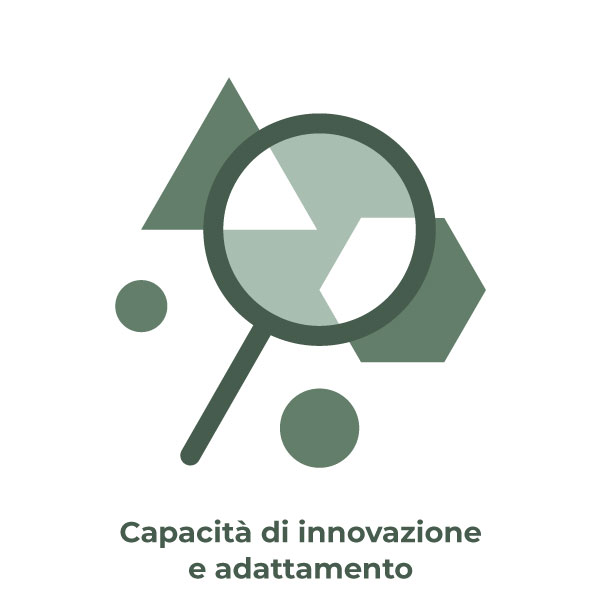

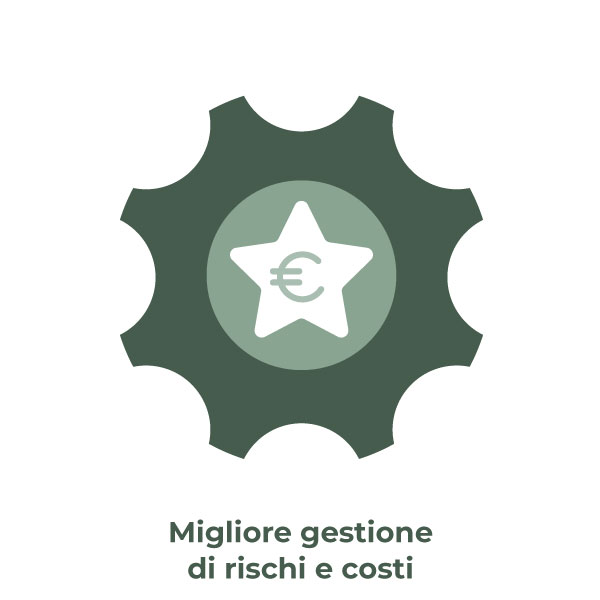
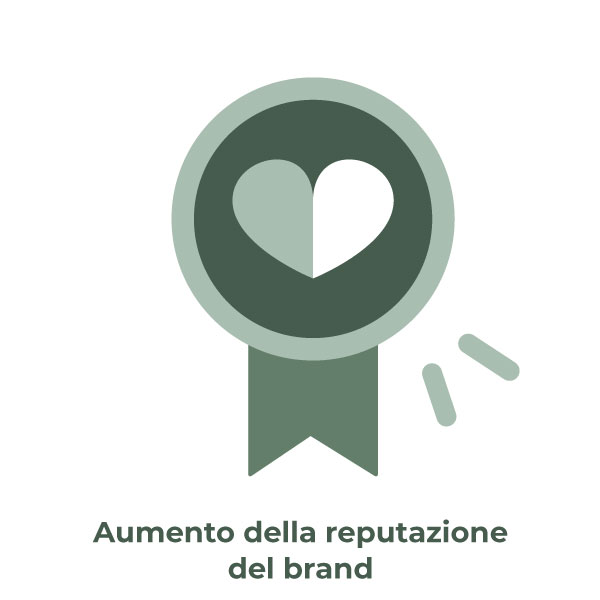
2. Tools to define a sustainable business model: the Sustainable Business Model Canvas
Companies often use tools to define and visualize their business model. These include, for instance, the Business Model Canvas, the Lean Model Canvas, and the Sustainability Business Model Canvas, which is specific for developing or innovating towards sustainable business models.
2.1. Business Model Canvas
The Business Model Canvas is a visual chart in which companies input the key traits of their business model. This allows them to visualize their structure across nine areas: key partners, key activities, key resources, value propositions, customer relationships, channels, customer segments, cost structure, and revenue streams.
2.2. Lean Model Canvas
The Lean Model Canvas is based on the Business Model Canvas: it has the same structure, but some entries differ due to a different underlying approach. This model starts by visualizing the consumer’s needs and the problems that companies can address with products and services specifically built to meet them.
The nine elements that the Lean Model Canvas makes possible to visualize are: problem, solution, key metrics, unique value proposition, unfair advantage, channels, customer segments, cost structure, and revenue streams. A line cutting through the center of the canvas divides it into two halves: everything on the right relates to the product, while everything on the left concerns the market.
2.3. Sustainability Business Model Canvas
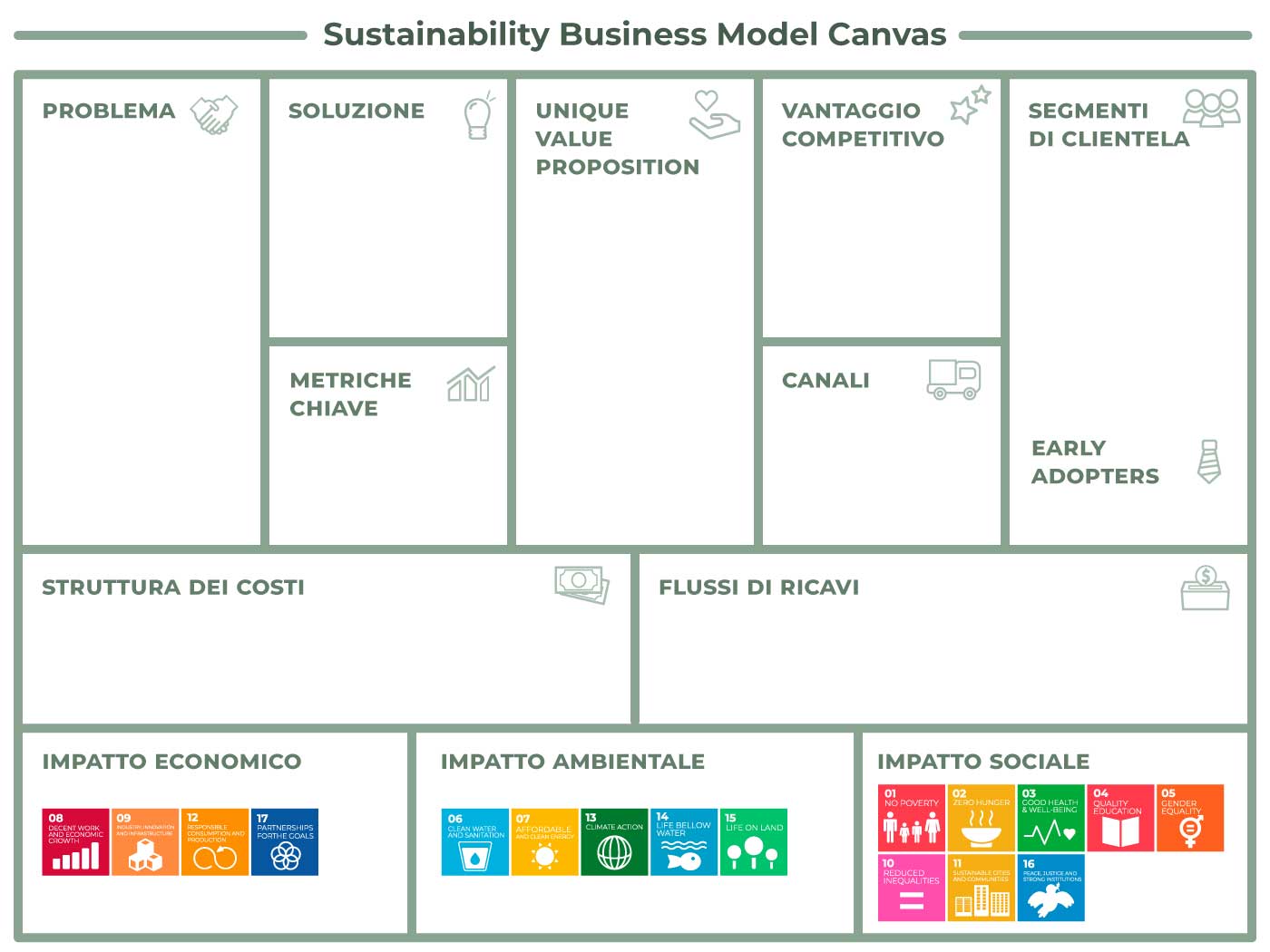
The Sustainability Business Model Canvas is the most effective tool for defining and visualizing sustainable business models. This chart builds upon the Lean Model Canvas by integrating an analysis of companies’ impacts in terms of the three dimensions of sustainability (environmental, economic, and social).
It thus features twelve blocks: the nine from the Lean Model and three additional ones which are environmental impact, economic impact, and social impact. The assessment in these three areas is conducted using international standards, such as the United Nations’ Sustainable Development Goals (SDGs).
3. How to develop a sustainable business model: examples of principles and initiatives
Here are some examples of sustainable economic and production paradigms that can help you understand how to practically implement a sustainable business model. Specifically, these are organizations that have recognized the growth and innovation potential stemming from the sustainability challenge to develop activities that are advantageous for both themselves and the environments they operate in.

3.1. Inspiration from the circular economy: Napapijri’s Circular Series
Circular organizations, either born with sustainability already in their DNA or those that have integrated it over time, offer eco-designed goods on the market with circular thinking in mind (for example, easily repairable, recyclable, reusable, etc.). In this way, products continuously recirculate, either entirely or in their components, reducing the use of limited raw materials and ensuring they do not immediately become waste at the end of their life.
For example, Napapijri has created a Circular Series of jackets designed for the circular economy (also associated with a take-back program). These garments are entirely recyclable, as they are made from a single material—Nylon 6, a durable, high-performing material made from recycled fishing nets and other waste materials, which is itself recyclable. In a highly impactful industry like fashion, for the Italian brand, sustainability is “a new form of creativity, inspiring ideas and innovations that respect the interests of the world and those who wear our models.”
3.2. Sharing and rental for sustainability: H&M Rental
Other sources of inspiration for creating a sustainable business model are consumption practices such as rental, which can be incorporated within the framework of the circular economy. Through this type of initiative, companies offer consumers an alternative to purchasing by meeting their needs with rental services. This principle aligns with sustainability, as renting or sharing products reduces the environmental impact caused by the creation and circulation of additional goods.
In this realm, H&M is testing a service for renting some items from its collections. After launching it in a store in Stockholm in 2019, the rental service is now also available in a London store. Furthermore, this initiative aligns with the Swedish giant’s sustainability strategy, which aims to achieve zero emissions by 2040.
4. Innovation in the business model: what HENRY & CO. can do to help your company integrate sustainability
The above examples show just a few of the possibilities offered by integrating sustainability into one’s business model, something increasingly necessary for companies as consumer and institutional attention to this issue grows.
Circularity and sustainability offer ample opportunities for growth and innovation to organizations of all kinds, regardless of their size, sector, or stage of development.
However, creating sustainable business models is a complex endeavor for existing companies or those about to enter the market: this is why it is essential to choose the right partners to support them in defining the path to take. If this is the direction in which you’re considering developing your business, all you have to do is contact us. We at HENRY & CO. will help you identify the most suitable sustainable business model for your needs and goals!
